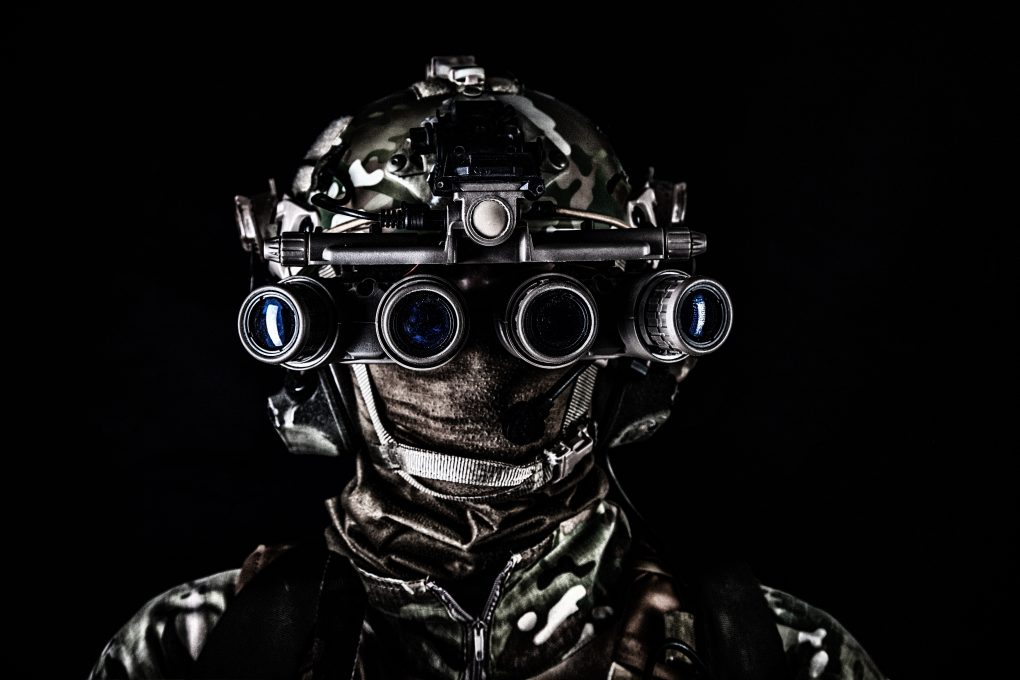Are you trying to decide between a Fast Helmet and a Bump Helmet? We’ll cover the key differences, including purpose, protection, weight, comfort, price, and their similarities in material, design, and accessories. Whether you need a helmet for military use or recreational activities, we’ll help you determine which is the better fit for your needs.
What Is a Fast Helmet?
A Fast Helmet, or advanced combat helmet, is a tactical helmet used in military applications to provide ballistic protection for military personnel, police officers, and security officials. Manufactured by top companies like Ops-Core, Team Wendy, and Galvion, these helmets offer outstanding protection and optimal comfort for prolonged wear during critical missions. The lightweight materials ensure swift and agile movement, and the modular systems allow for easy attachment of accessories like night vision devices, communication systems, and protective visors, enhancing their versatility in various operational scenarios.
What Is a Bump Helmet?
A bump helmet is designed to offer protection against non-ballistic impacts during high-risk activities like rock climbing and white-water rafting. Made by reputable manufacturers, these helmets typically feature a durable polymer outer shell to absorb and spread impact, with internal padding for added comfort and shock absorption. The lightweight, minimalist design ensures streamlined protection without compromising safety. Bump helmets are widely used in military, law enforcement, search and rescue operations, and recreational activities like cycling and skateboarding.
Purpose
Tactical helmets, such as Fast Helmets, are designed for military applications, providing protection and comfort for personnel in combat zones or training exercises. They feature ballistic protection, night vision mountings, and communication systems to enhance safety and effectiveness in various scenarios. In contrast, bump helmets are lightweight and offer less ballistic protection, making them ideal for high-risk sports like cycling, skateboarding, or rock climbing, where the risk of impact or falls is higher, but complete military-grade protection is unnecessary.
Protection Level
Weight
The weight of helmets, particularly Fast Helmets and bump helmets, significantly affects their comfort and overall setup. Fast Helmets, known for their lightweight design, enhance mobility and agility, crucial in dynamic operations. In contrast, bump helmets, although heavier, offer better protection against blunt impacts and falling debris. This weight difference is a trade-off between mobility and security, depending on the specific requirements of the activity.
Fast Helmets, being lighter, are preferred in situations where speed and maneuverability are essential, such as special operations or tactical missions, enabling swift movement without feeling encumbered. Conversely, with their added weight, bump helmets are ideal for scenarios with a higher risk of head injuries, like construction sites or riot control, where durability and impact resistance are crucial.
Comfort
Price
What Are the Similarities Between a Fast Helmet and a Bump Helmet?
Despite their differences, fast helmets and bump helmets share several similarities in their design and use of helmet accessories, and they are often produced by the same helmet manufacturers.
Material
Both Fast Helmets and bump helmets are made from durable materials that undergo rigorous testing, including ballistic testing for Fast Helmets. Fast Helmets are typically constructed using advanced ballistic fibers such as aramid and polyethylene, known for their high strength-to-weight ratio. These materials provide exceptional protection against ballistic threats while ensuring lightweight comfort for the wearer.
In contrast, bump helmets are often made from ABS plastic or high-density polyethylene, prioritizing impact resistance and shock absorption. While they do not offer the same level of ballistic protection as Fast Helmets, bump helmets excel in scenarios where blunt force trauma is the primary concern.
Design
Accessories
Both types of helmets can be equipped with various accessories to enhance their functionality, often included in a tactical helmet setup by reputable manufacturers. For ballistic helmets, accessories such as night vision goggles, communication systems, and face shields improve visibility and communication during tactical operations. Bump helmets can also be fitted with similar accessories. In contrast, helmets for activities like motorcycling often feature Bluetooth communication systems, sun visors, and GoPro mounts, adding convenience and safety while riding.
Which Helmet Is Better for Military/Combat Use?
Tactical helmets, such as Fast Helmets, are preferred for military and combat use due to their superior ballistic protection and suitability for various military applications. These helmets are designed with advanced features to enhance soldiers’ safety and performance in the field. Fast Helmets offer high-impact resistance, protecting against shrapnel, bullets, and other ballistic threats. Their lightweight yet durable construction allows for better mobility and comfort during extended missions, making them ideal for long hours of wear. Fast Helmets often come equipped with integrated communication systems, night vision mounts, and accessory attachments, providing a tactical advantage to the wearer.
Which Helmet Is Better for Recreational/Non-Combat Use?
Bump helmets are ideal for recreational or non-combat use. They provide adequate physical protection for high-risk sports and activities without the need for ballistic protection. Bump helmets are designed to absorb impact and redistribute the force of a blow, making them suitable for activities such as cycling, skateboarding, or skiing, where the primary concern is accidental falls rather than deliberate attacks.
The minimalist design of bump helmets ensures they are lightweight and comfortable for extended wear, allowing users to focus on their activities without feeling cumbersome or restrictive. While traditional combat helmets are designed to stop bullets and shrapnel, bump helmets prioritize protection against blunt force trauma, making them more practical for everyday sports and activities that carry a risk of falls or collisions.
What Are the Factors to Consider When Choosing Between a Fast Helmet and a Bump Helmet?
Choosing between a Fast Helmet and a bump helmet involves several factors, including intended use, comfort and fit, budget, and personal preference. Each contributes to the overall head protection and compatibility with other tactical gear.
Intended Use
The intended use of the helmet significantly determines the choice between a tactical helmet for military applications and a bump helmet for high-risk sports and other activities. For rigorous military operations, where absolute protection and advanced features are critical, tactical helmets with ballistic protection and communication systems are essential.
In contrast, a bump helmet with lightweight construction and ventilation may be preferred for activities like mountain biking or rock climbing, where impacts are possible but not as extreme as in combat situations. Choosing the fitting helmet ensures safety and comfort, allowing individuals to focus on their tasks with confidence.
Comfort and Fit
Budget
Personal Preference
Personal preference is vital in choosing a helmet, as individual needs for tactical gear and accessories vary based on specific activities and comfort levels. For instance, motorcyclists might prioritize helmets with enhanced ventilation systems to combat overheating during long rides. At the same time, rock climbers may opt for lightweight and durable options to ensure agility and protection. Comfort is a critical factor for many users, leading them to select helmets with adjustable straps and cushioning interiors for a snug fit. Additionally, some individuals prefer helmets with integrated communication systems for added convenience during group activities or rides.


